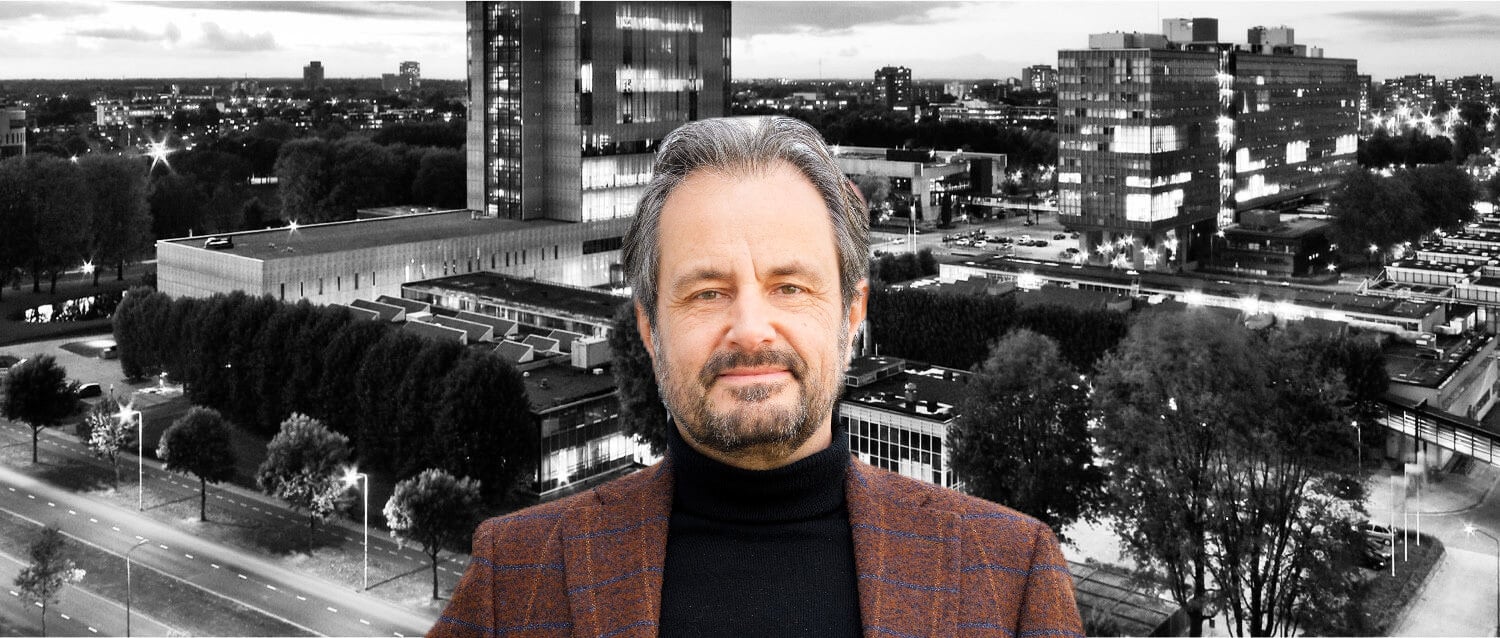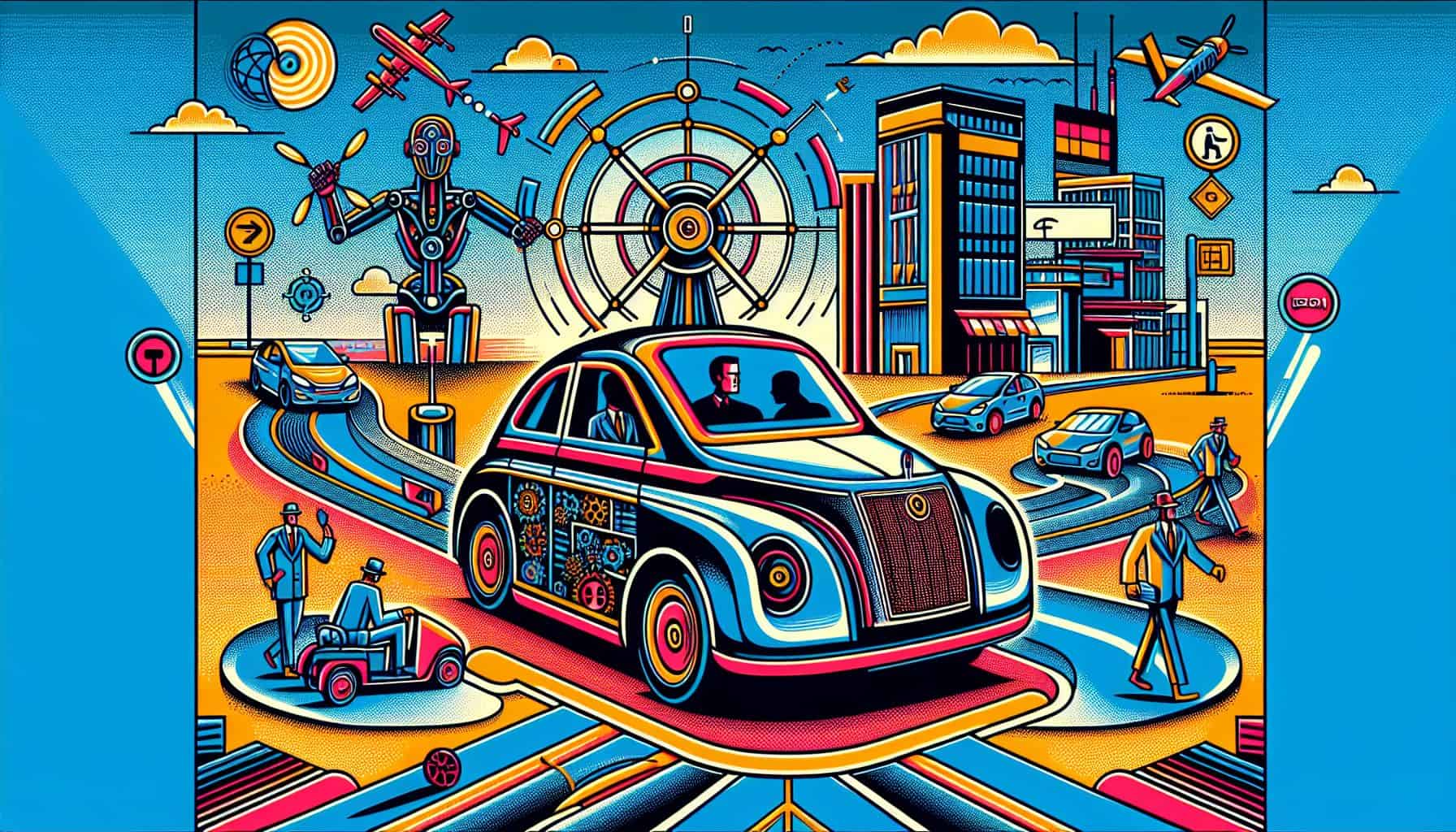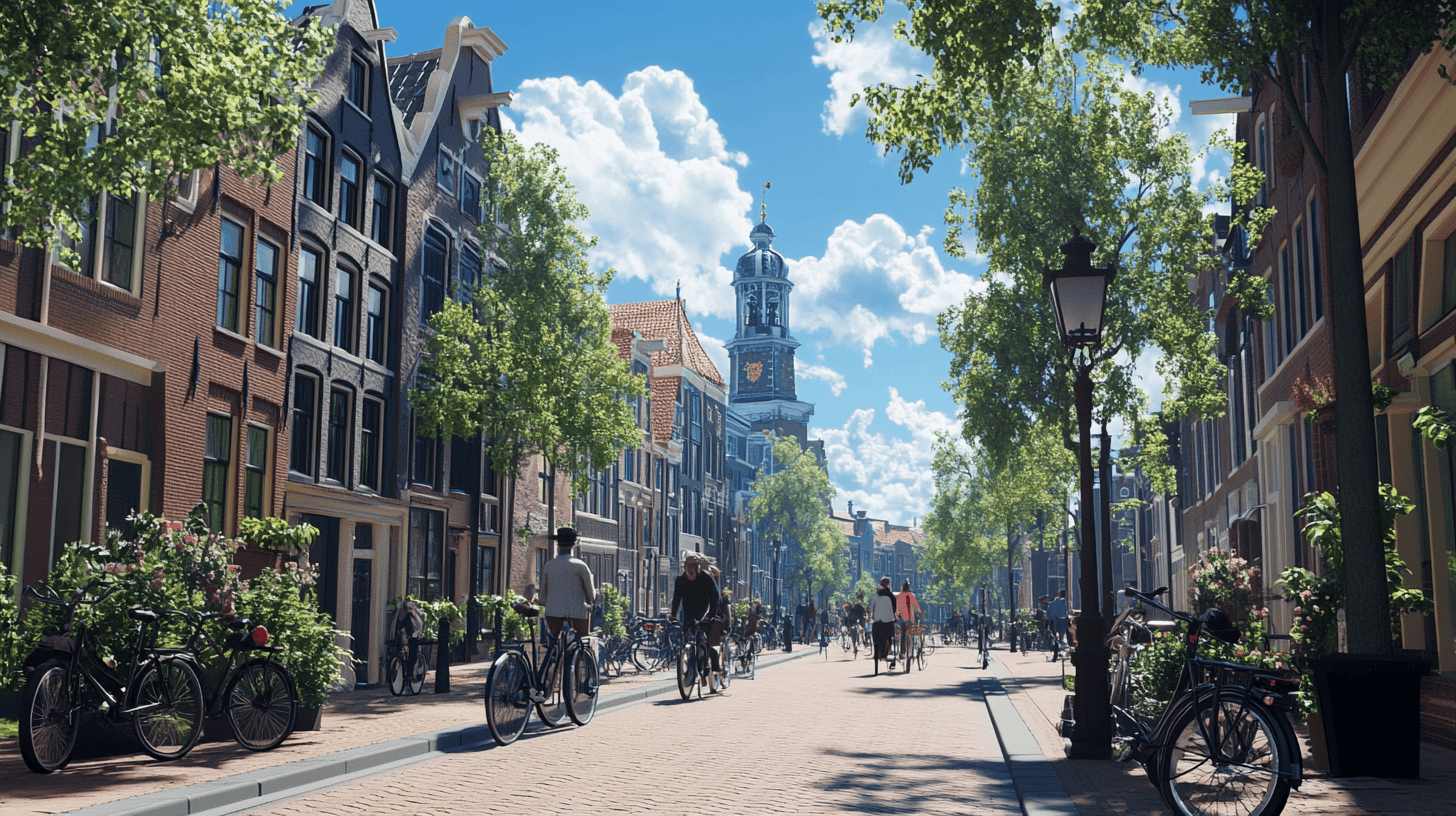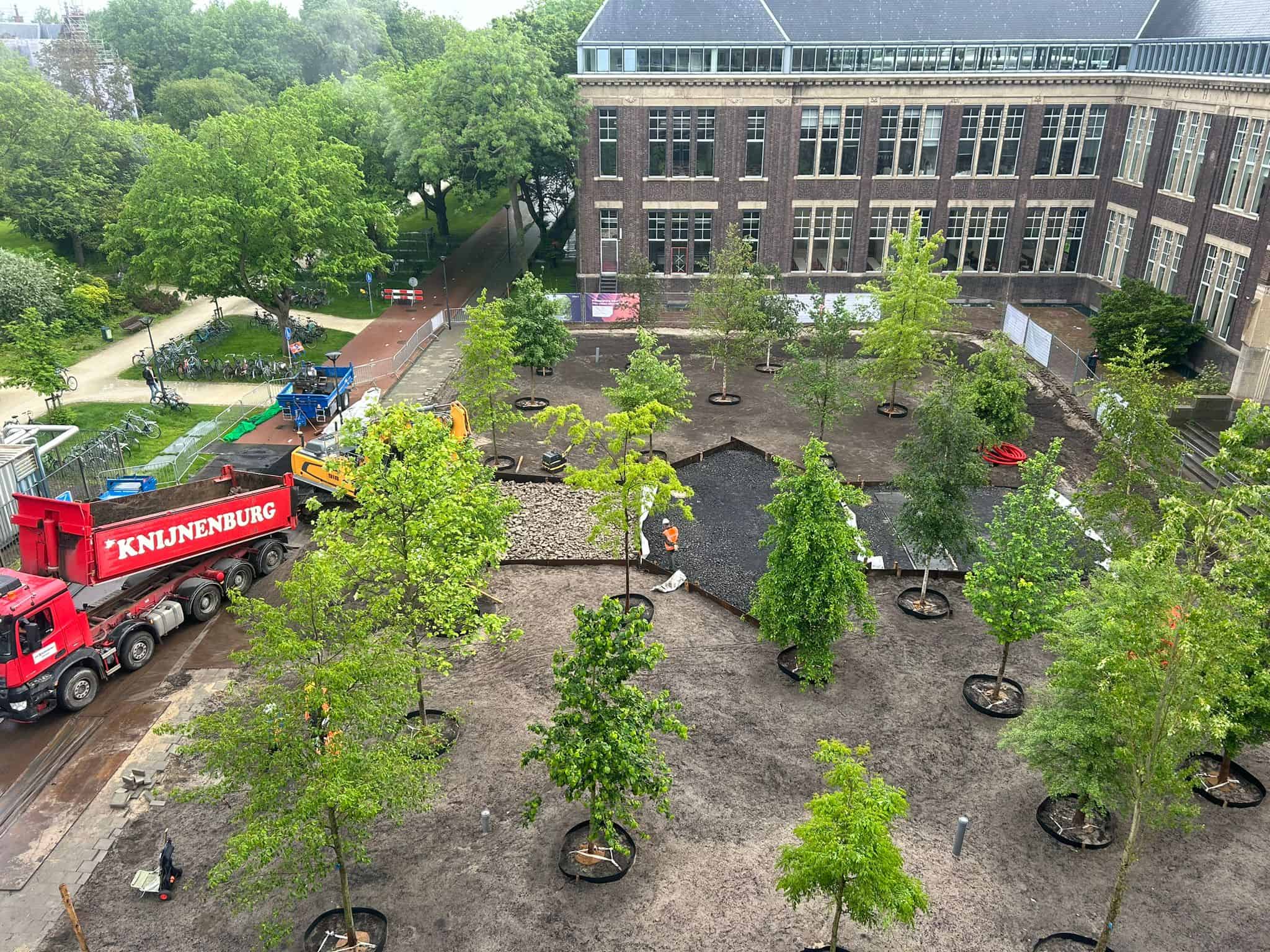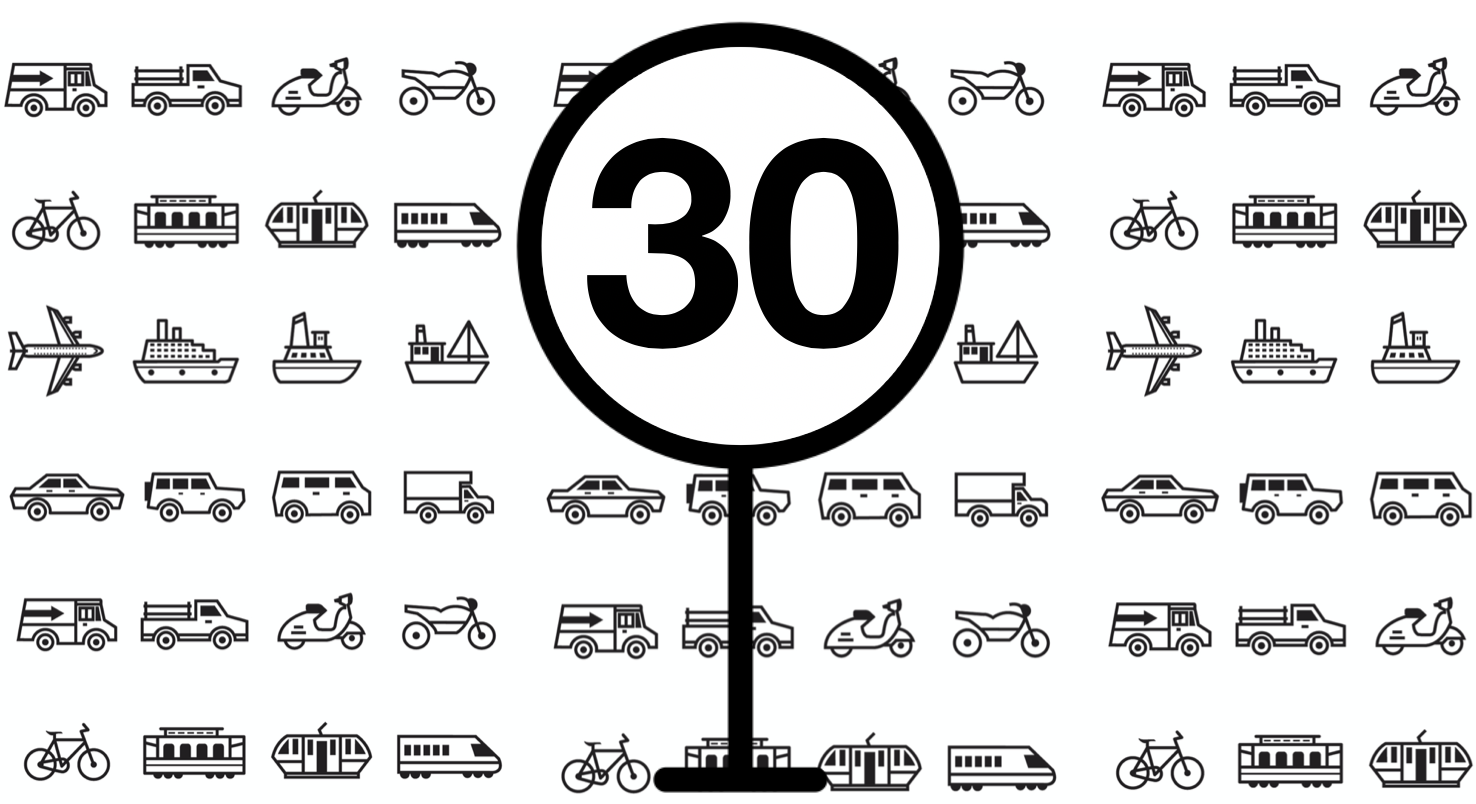
Last week, a majority of the Dutch parliament approved the plan to introduce a standard speed limit of 30 kilometers per hour in residential areas, following a motion by Green Party GroenLinks and the Christian Party SGP. Their call fits in with a trend. Earlier this year, 140 countries signed the ‘Stockholm Declaration‘, which calls for a worldwide standard of 30 km/h in cities and villages.

In the Netherlands, we have been working on this idea for some time now. At the end of the 1990s, on the initiative of the various Dutch authorities and research institute SWOV, we defined the so-called Sustainable Safety measures. These included a clear vision for residential areas: in places where 50 km/h or higher is the limit, cyclists and pedestrians must be separated from motorized traffic by means of dedicated infrastructure. And if that’s not possible, the speed limit should be reduced to 30 km/h.
But more importantly, the road must actually be designed for this lower speed. Think of driveway constructions, thresholds, and the use of bricks instead of asphalt. Such a consistent layout makes a 30 km/h street ‘self-enforcing’. In addition, the street pattern must be laid out in such a way that the 30 km/h areas also attract significantly less traffic. Placing a sign without a road adaptation makes little sense and does nothing about the underlying problem.
Twenty-five years after the launch of Sustainable Safety, only about 60% of the 50 km/h roads within residential areas have been designed according to this philosophy. There is, therefore, still work to be done. Now that 30 km/h is becoming the rule and the well-equipped 50 and 70 km/h roads are becoming the exception, it is time to move on. For the adaptation of these remaining roads, money is needed, estimated at about €15 billion to make the whole of the Netherlands ‘sustainably safe’. But every single euro invested will already have an effect. To put that money in perspective: the annual economic damage of traffic accidents in the Netherlands is also about €15 billion, not to mention the emotional damage.
“For the same money, we can save one of the almost two fatal traffic accidents that occur on average every day.”
Carlo van de Weijer
Over the next five years, the government will allocate a total of €20 billion to the National Growth Fund. This money will mainly go to knowledge development, research, and innovation, but to a large extent also to infrastructure. I already fear the appearance of a wish list of prestigious infrastructure projects with no obvious social value. Whereas with the same money, you can also increase the safety of the infrastructure in our cities and villages.
In other words: do we need faster transport for tourists from Schiphol Airport to Amsterdam, try in vain to solve another traffic jam, or connect the province to the Randstad more quickly with no real added societal value? For the same amount of money, we could also save one of the almost two fatal traffic accidents that occur on average every day. And keep half of the one hundred daily casualties healthy.
My tip for the Growth Fund: when it comes to our future prosperity, safety should come a long way before accessibility. Thirty kilometers per hour is a good start, but only symbolic if we don’t also quickly redesign the infrastructure within the residential areas. To make it more attractive, safer, better, and also economically very sensible.
Maarten Steinbuch and Carlo van de Weijer are alternately writing this weekly column, originally published (in Dutch) in FD. Did you like it? There’s more to enjoy: a new book with a selection of these columns has just been published at Lecturis.

